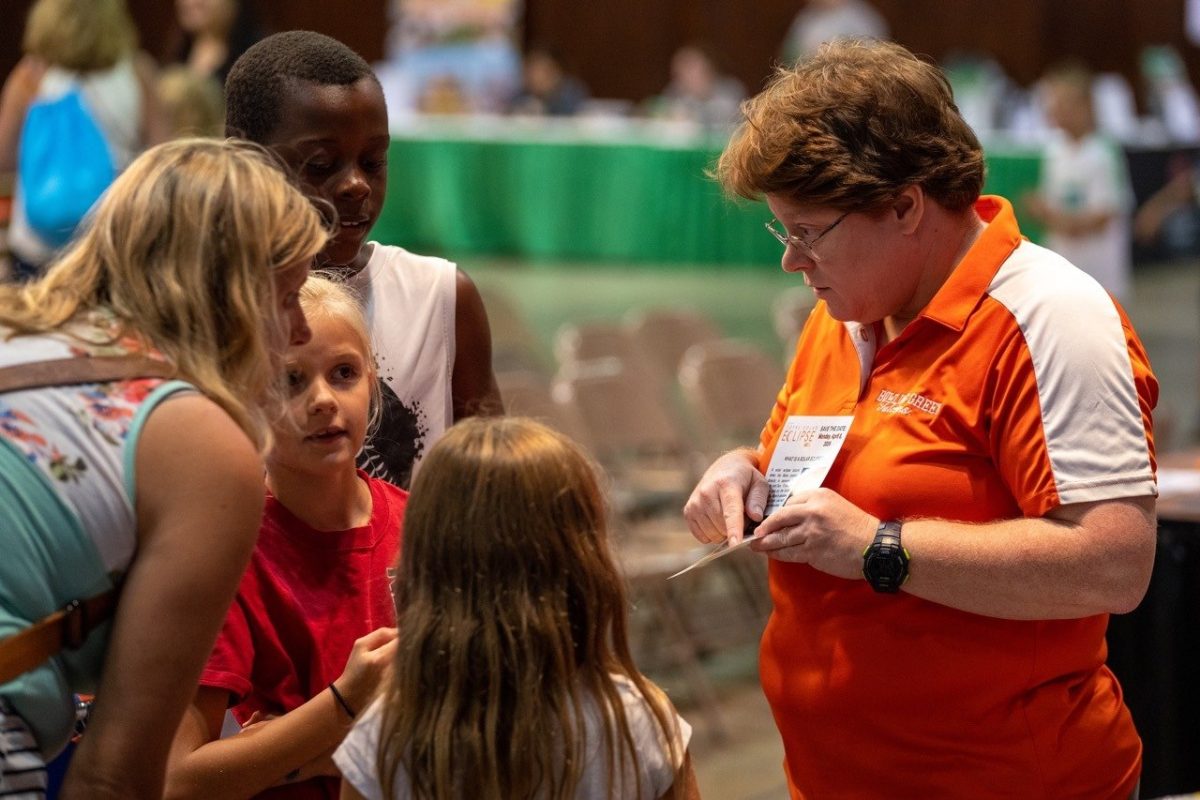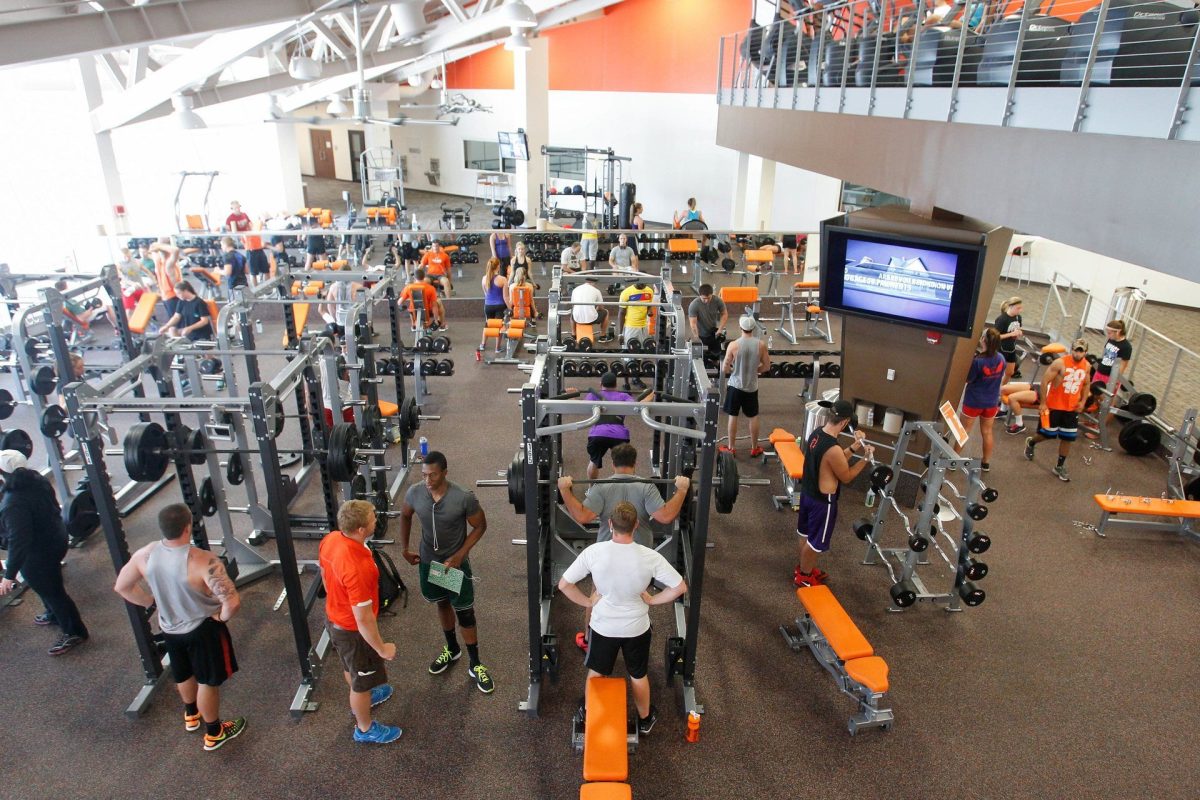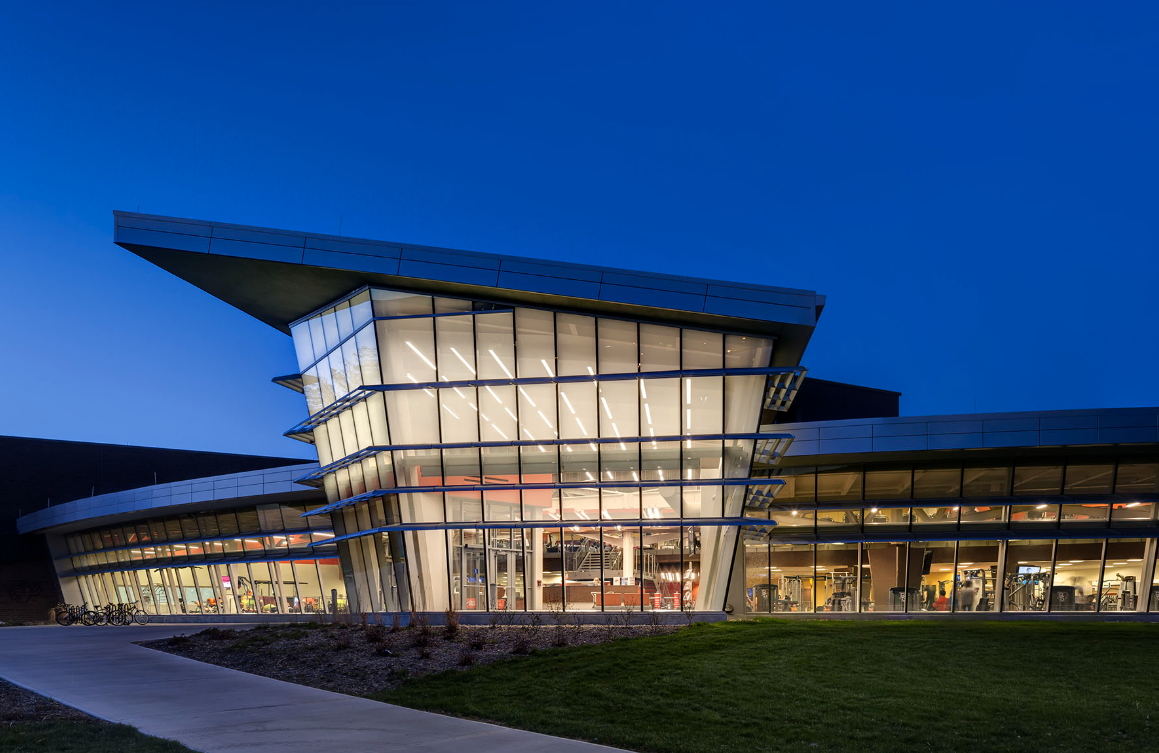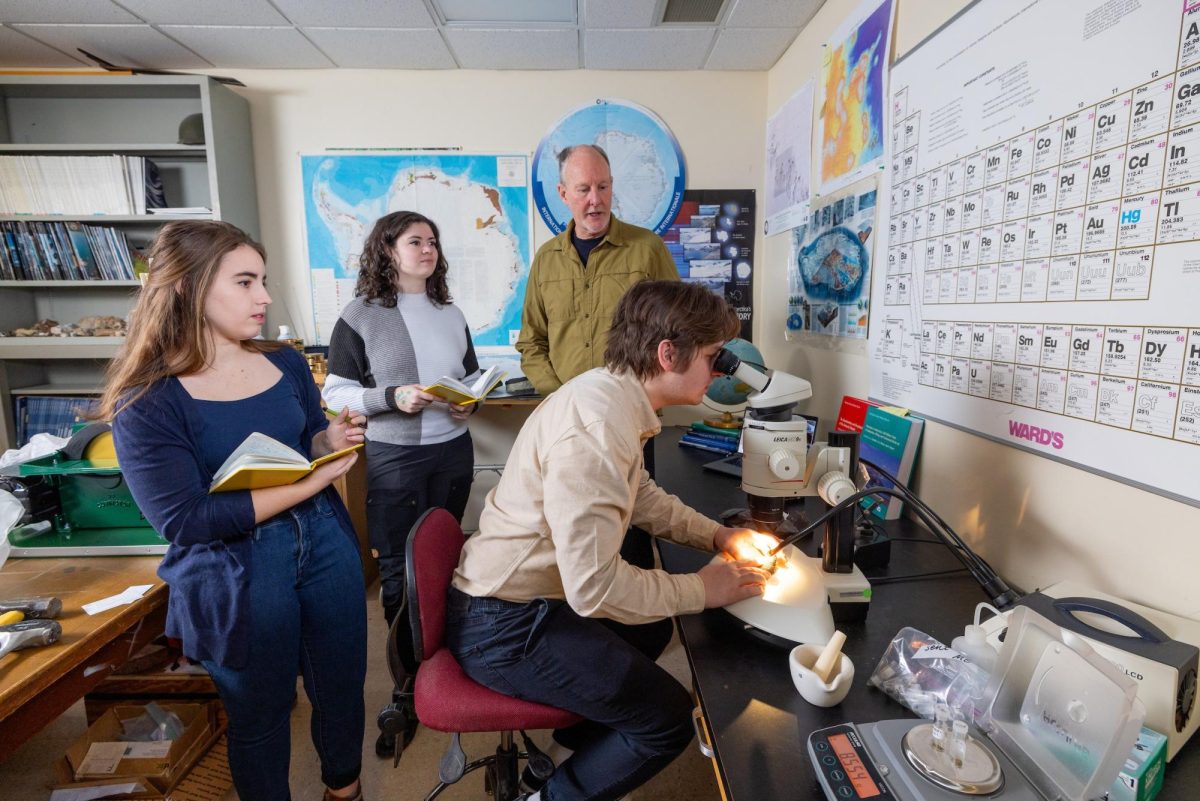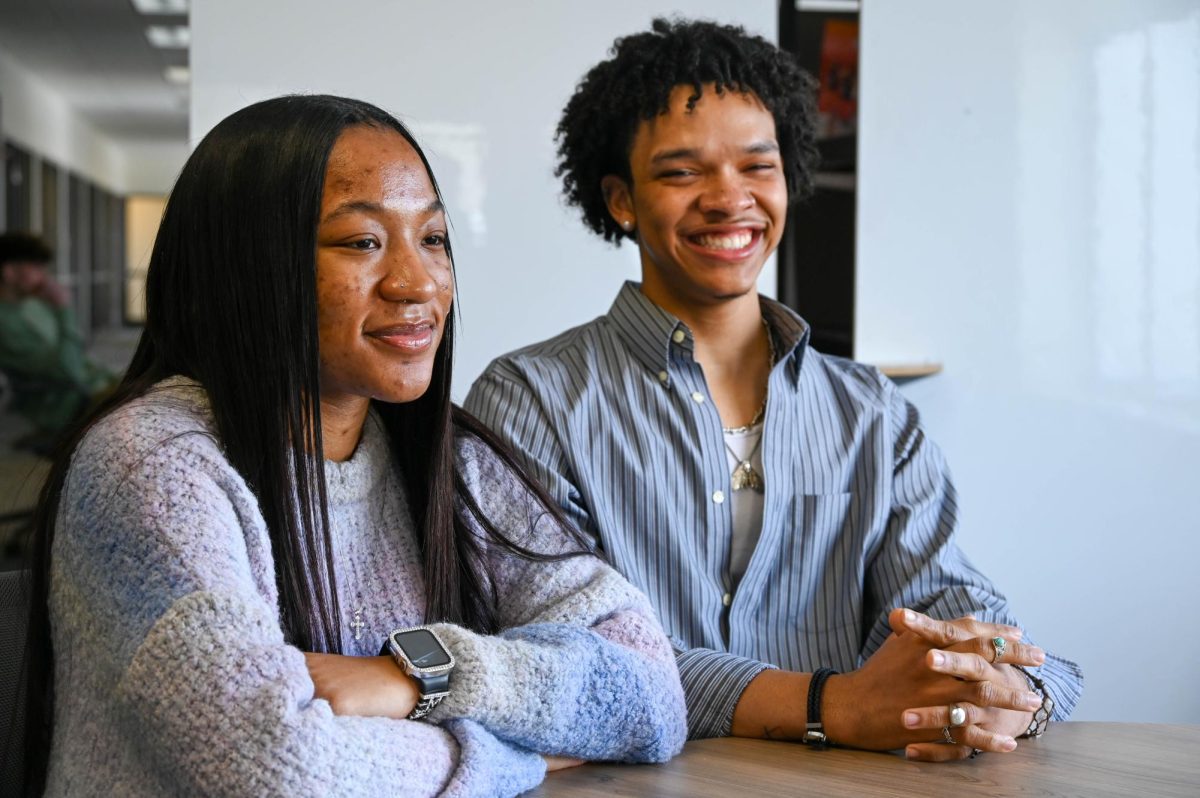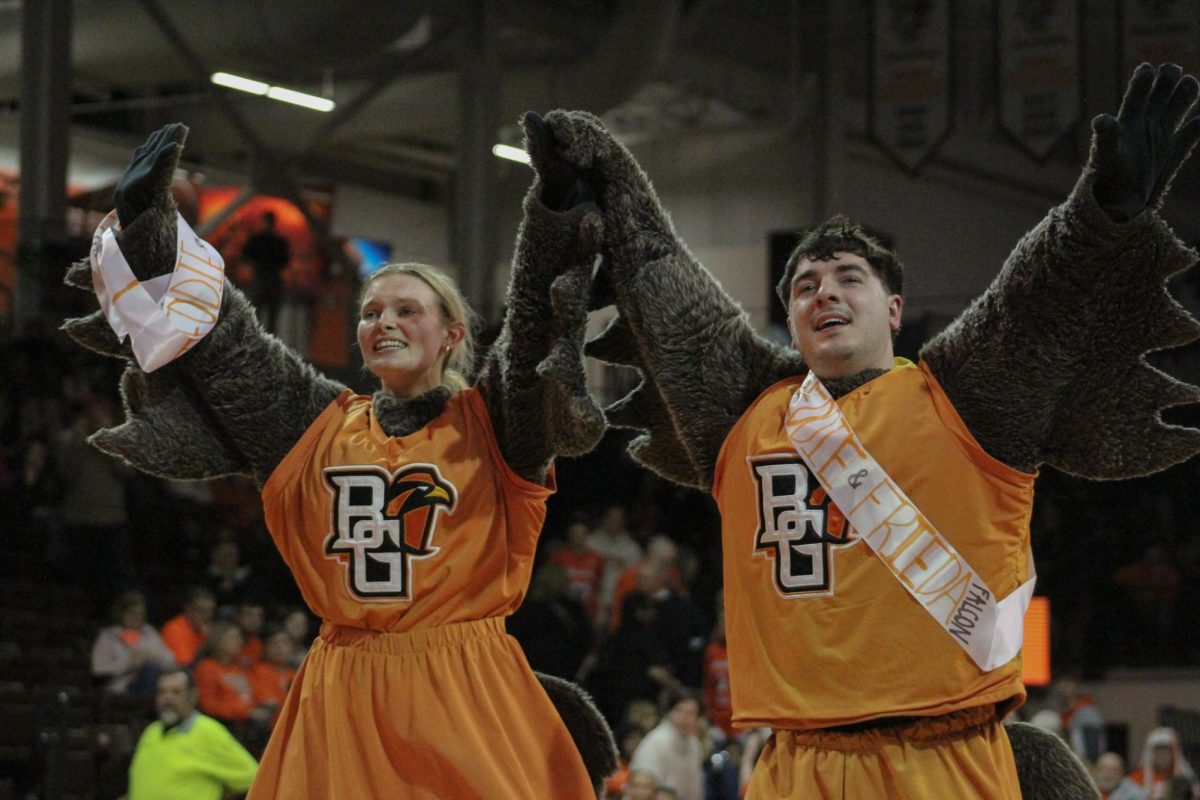After celebrating its centennial last year, the University could possibly enter its second century with its largest incoming class ever: 4,000 projected freshmen.
Gary Swegan, director of admissions, said this year’s class may make history in other ways. With more than 15 percent of students projected to come out of state and about 22 percent projected students of color, it will be the most geographically and racially diverse class, too.
The high numbers were achieved by building off of last year’s recruiting momentum, he said.
In fall 2010, 3,871 freshmen enrolled at the University, improving upon fall 2009’s 3,166 – the lowest in a five-year span.
“Last year … we were just trying to get some momentum back, and then we ended up … much further than we had originally anticipated,” Swegan said. “This year, we went into it right off the bat. Our goal was 4,000.”
The class has higher average academic characteristics than most of the last decade, Swegan said. Its anticipated average high school GPA is 3.26 and anticipated ACT score is 22.
Dermot Forde, director of advising, said academic standards have remained the same for admissions. In addition, the University Program for Academic Success, a program to help students who struggled through high school, enrolled about 100 fewer students than last fall, he said.
The University balances a focus on city and University community and scholarship when it appeals to prospective students, Forde said.
“It’s a balanced approach, that Bowling Green is a very warm and welcoming community … but I also think they balance that with a very strong message that says ‘college is hard work,'” Forde said.
Forde commended the admissions staff for increased efforts, which Swegan said more than doubled from last year in terms of off-campus recruitment.
The recruiting was “more assertive,” Forde said, reaching students all over Ohio as well as Chicago, upstate New York and Pittsburgh.
“We have extended our reach,” he said. Forde also credited the efforts of the entire University to recruit students, citing Presidents Day as a major effort.
“It’s admissions coordinated, but everybody on campus gets involved with that because it’s important,” Forde said. “Every time I go to an event, there are people from all over campus who show up to meet students.”
This year’s numbers were largely yielded from the changes made for recruiting the fall 2010 class from the fall 2009 class, Swegan said.
Throughout this year, the University is anticipated to make 100 different community and technical college visits, head to about 300 college fairs and make 1,000 high school visits, he said.
Another helpful factor, Swegan said, is the University’s increased focus on its infrastructure.
“I’ve become fond of saying that in the lifetime of our prospective students, we’ve only built four buildings,” Swegan said. “This year we have six coming online in one semester, so that speaks progress to prospective students when they come on campus – no question about it.”
Swegan also credited the “hot streak” the University has experienced with national recognition in publications like U.S. News, Business Week and World Report.
The University was featured in the United States in U.S. News’ 2010 ranking of colleges’ focus on the undergraduate in 2010.
“We were eleventh in the country,” Swegan said. “The first four schools were Dartmouth, Princeton, Yale and Brown.
“There will be a renewed emphasis on the retention of students and making sure that we put some things in place to ensure that we will be able to keep students,” Swegan said.
Swegan said the future is looking bright, having recently received the 1,000th application for the fall 2012 year, two-and-a-half weeks earlier than receiving that application for 2011.
“Boy,” Swegan said. “We’re off like gangbusters for 2012 already.”


